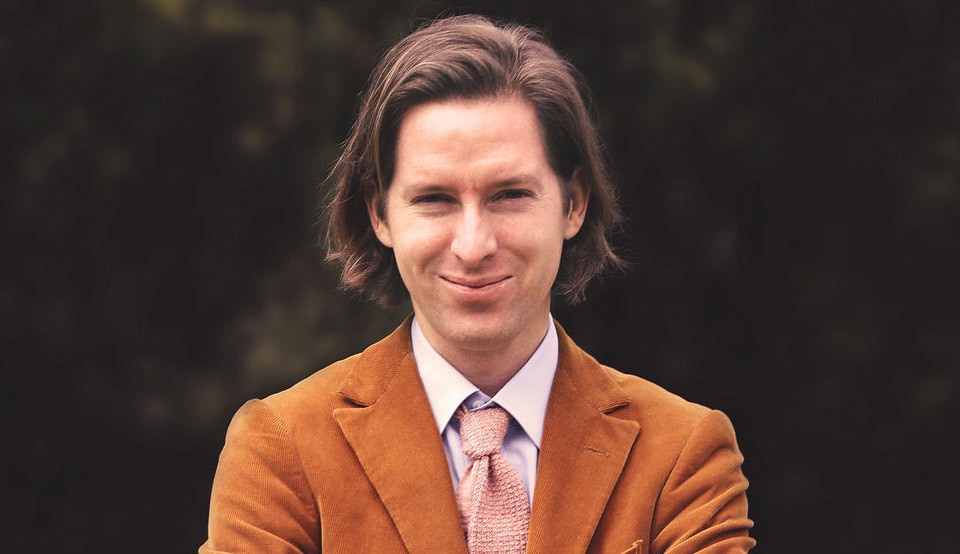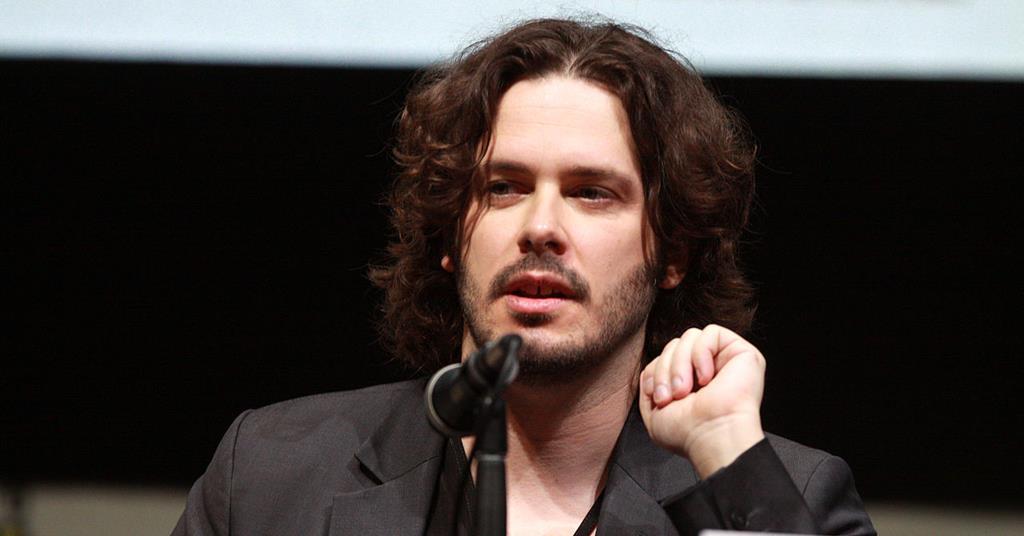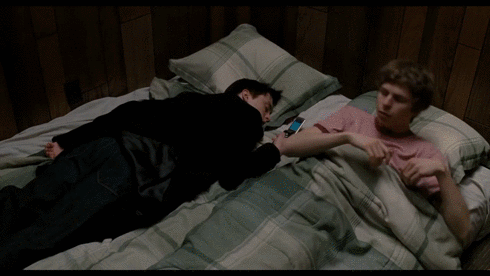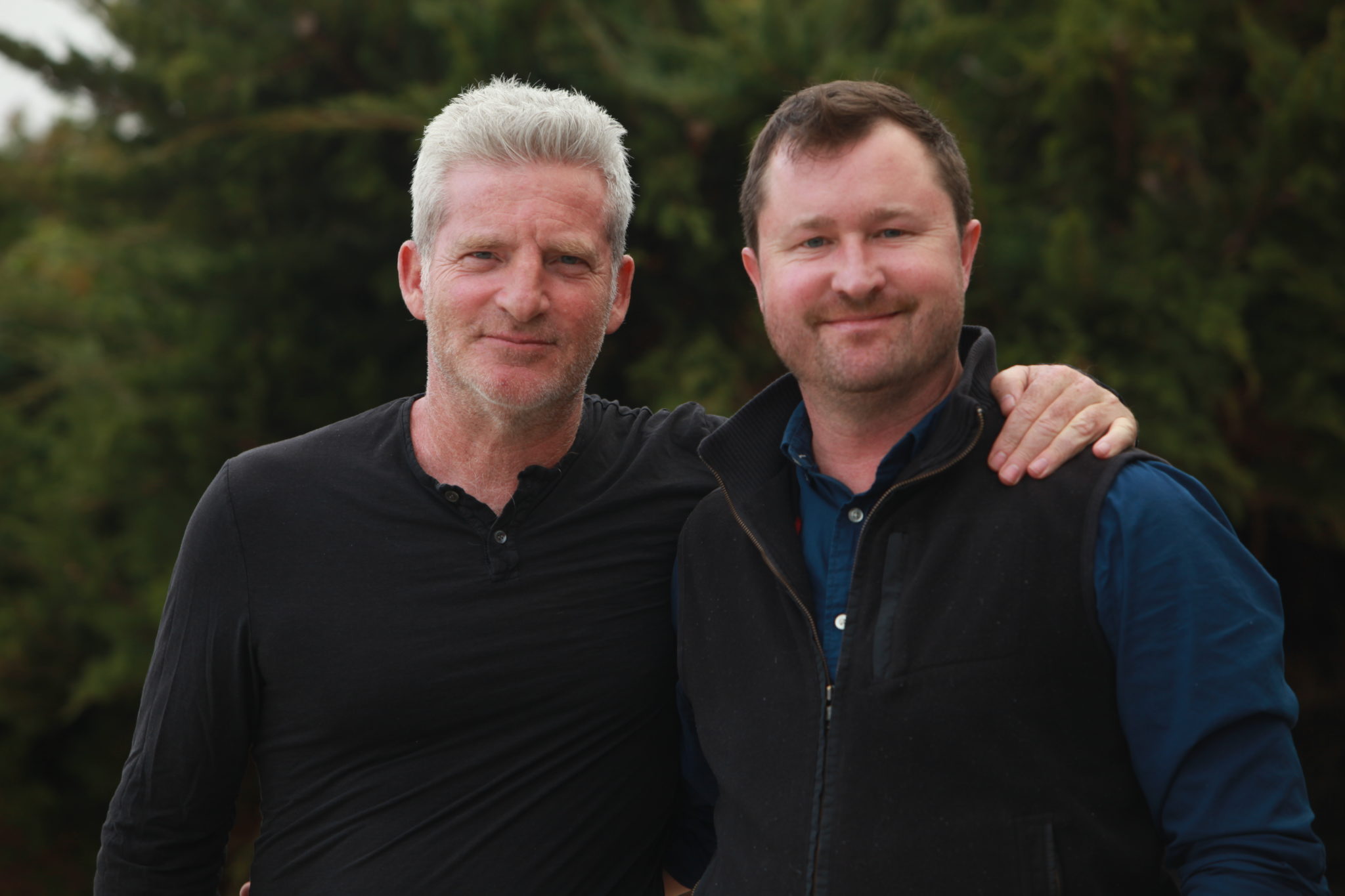Cut – The most common editing technique where two pieces of film are spliced together so that the film ‘cuts’ from one image to another.

— — — — — — — — — —
Fade – Can begin in darkness and gradually assume full brightness or the image may gradually get darker. A fade often implies that time has passed or may signify the end of the scene.

— — — — — — — — — —
Dissolve – Similar to a fade in which one image is slowly replaced by another. It can create a connection between images.

— — — — — — — — — —
Wipe – A new image wipes off the previous image. A wipe is more fluid than a cut and quicker than a dissolve.

— — — — — — — — — —
Flashback – Cut or dissolve to action that happened in the past.

— — — — — — — — — —
Shot-Reverse-Shot – A shot of one subject, then another, then back to the first. It is often used for conversation or reaction shots.

— — — — — — — — — —
Cross Cutting – Cuts between actions that are happening simultaneously. This technique is also called parallel editing. It can create tension or suspense and can form a connection between scenes.

— — — — — — — — — —
Eye-Line Match – Cut to an object, then to a person. This shows what a person is looking at and can reveal a character’s thoughts.

— — — — — — — — — —
Graphic Match – Occurs when the shapes, colours and/or overall movement of two shots match in composition, either within a scene or across a transition between two scenes.

— — — — — — — — — —
Match On Action – Refers to film editing techniques where the editor cuts from one shot to another view that matches the first shot’s action.













